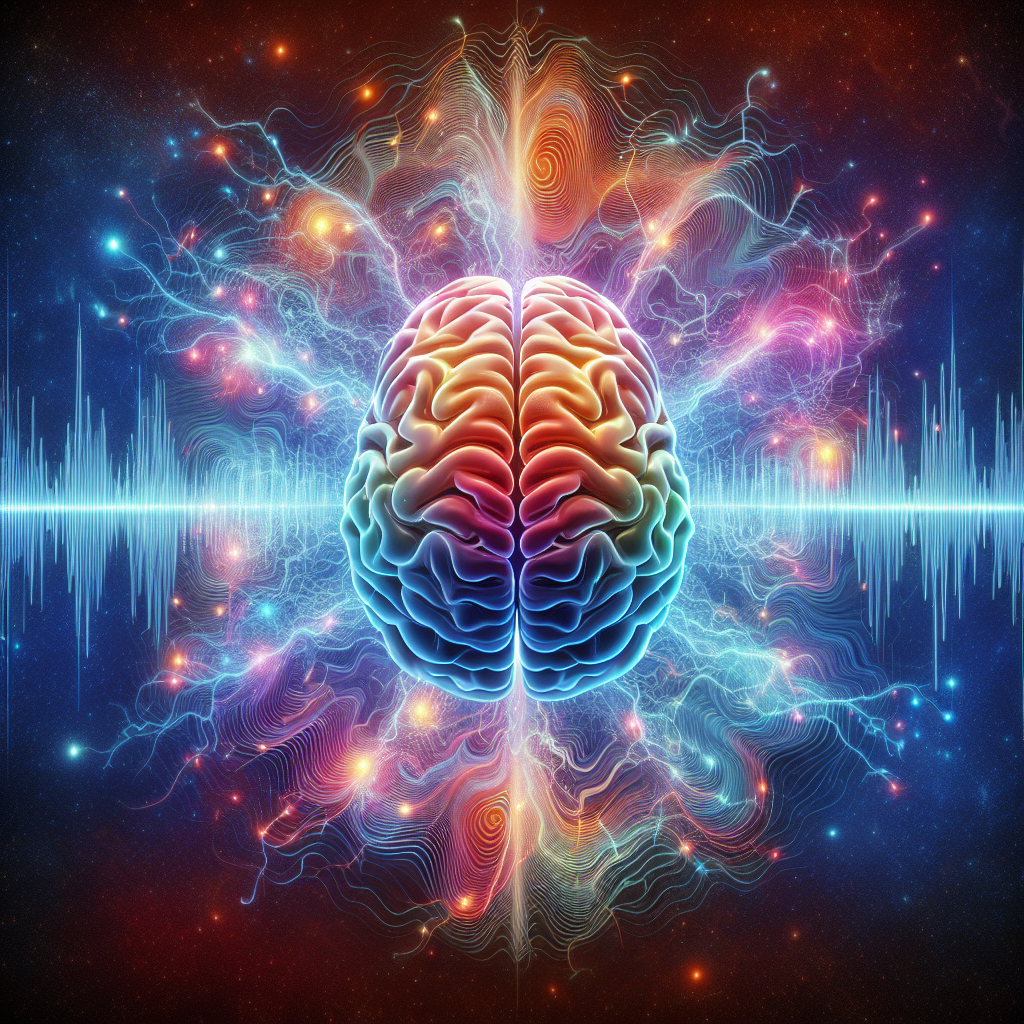In an age where mental acuity and cognitive performance are highly valued, novel approaches to enhancing brain function are increasingly sought after. Brainwave entrainment, an emerging technique involving the synchronization of neural oscillations to external stimuli, offers a promising avenue for cognitive enhancement. This article delves into the science behind brainwave entrainment, how it can be utilized to improve cognitive functions, and its potential as a complementary therapy in broader brain health strategies.
The Science of Brainwaves and Entrainment
The human brain is a complex network of neurons that communicate through electrical impulses. These impulses generate oscillating patterns known as brainwaves, which vary in frequency and are associated with different states of consciousness. Brainwave frequencies are generally categorized into delta, theta, alpha, beta, and gamma waves, each linked to specific activities and cognitive states.
Brainwave entrainment, also known as brainwave synchronization, involves presenting the brain with a periodic stimulus—such as sound or light—at a specific frequency. The brain’s natural tendency is to align its own electrical patterns to that of the external stimulus, a phenomenon referred to as the Frequency Following Response (FFR). This process can be leveraged to induce desired brainwave states, thereby potentially enhancing cognitive abilities like focus, memory, and relaxation.
Applications of Brainwave Entrainment
One of the most common methods of brainwave entrainment is through auditory stimuli, using binaural beats, monaural beats, or isochronic tones. These techniques have been utilized to aid in meditation, promote relaxation, enhance concentration, and even improve sleep quality. For instance, entrainment to alpha waves can promote relaxation and reduce stress, whereas entrainment to beta waves can help improve focus and alertness.
In the realm of cognitive enhancement, brainwave entrainment has shown promise in improving memory recall, attention span, and creativity. It has also been explored as a therapeutic tool in treating cognitive deficits associated with conditions such as ADHD, depression, and anxiety.
Enhancing Brain Health Through Brainwave Entrainment
While brainwave entrainment is a tool for cognitive enhancement, it is most effective when integrated into a holistic approach to brain health. The role of mental stimulation in combating age-related memory loss is well-documented, and brainwave entrainment can serve as an adjunct to activities that provide cognitive stimulation.
Furthermore, strategies for enhancing brain health through diet and the role of mindful meditation in brain health maintenance are integral components of a comprehensive brain wellness regimen. Brainwave entrainment can complement dietary interventions and meditation practices, potentially amplifying their benefits on cognitive function.
As part of a broader brain health strategy, it’s also crucial to consider the interconnectedness of different aspects of health. For instance, brain health is not isolated from other systems; cardiovascular health, in particular, plays a critical role in maintaining cognitive function.
External Resources for Further Exploration
To explore the intricate details of how brainwave frequencies influence cognition, resources like the International Journal of Neuroscience provide in-depth research articles on the subject. For those interested in the therapeutic applications of brainwave entrainment, the Neuroscience & Biobehavioral Reviews offers a wealth of information on the latest findings in the field.
For a practical understanding of how to apply brainwave entrainment techniques, niche websites like Monroe Institute delve into the use of sound for consciousness exploration, including the use of binaural beats for brainwave entrainment.
The Future of Brainwave Entrainment
As research in this field progresses, the potential for brainwave entrainment to become a standard non-invasive tool for cognitive enhancement is promising. With advances in technology, personalized brainwave entrainment programs could be developed, tailored to individual cognitive profiles and goals.
Conclusion
Brainwave entrainment presents an intriguing option for those seeking cognitive enhancement and a novel approach to brain health. By leveraging the brain’s natural ability to sync with external rhythms, individuals can potentially fine-tune their mental states and optimize cognitive performance. When combined with a comprehensive approach to wellness, including diet, exercise, and mental stimulation, brainwave entrainment techniques could become a cornerstone of personalized cognitive enhancement strategies.
The journey towards cognitive enhancement through brainwave entrainment is an evolving one, and as our understanding deepens, so too will the sophistication of the techniques we employ. By staying informed and approaching cognitive health holistically, we unlock the potential for a more focused, creative, and resilient mind.



